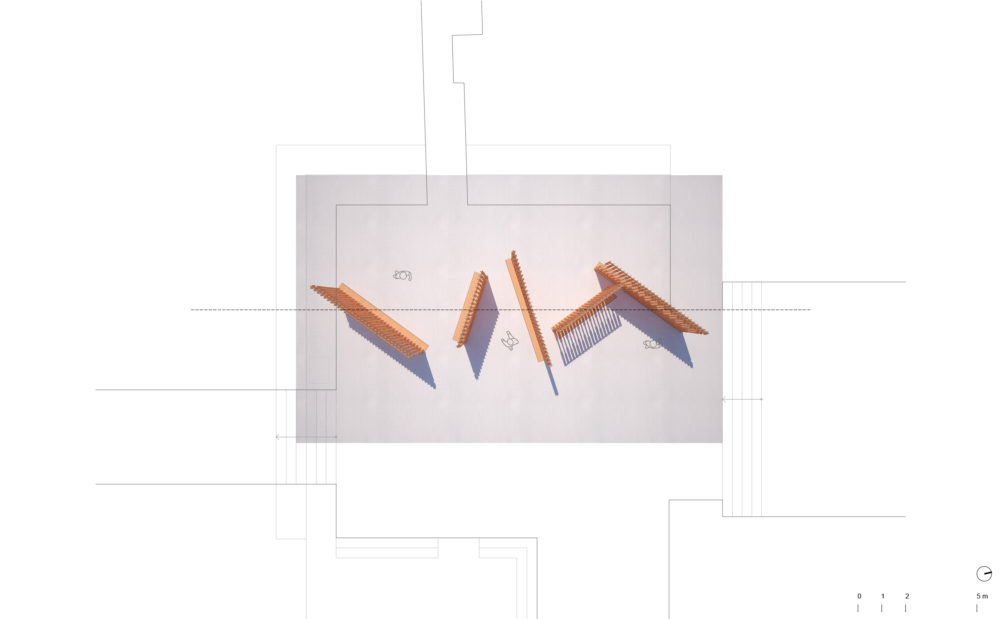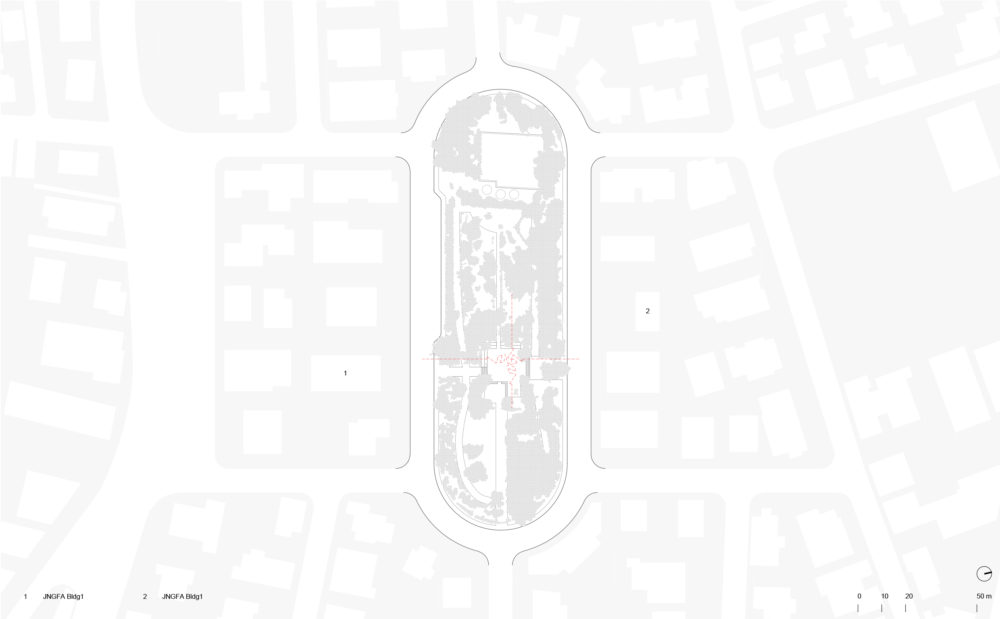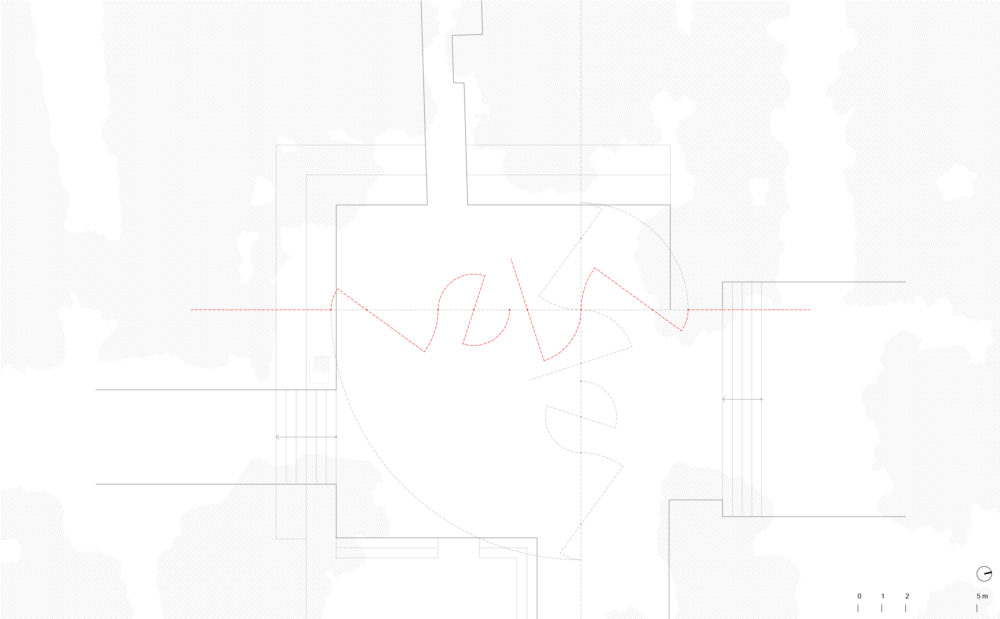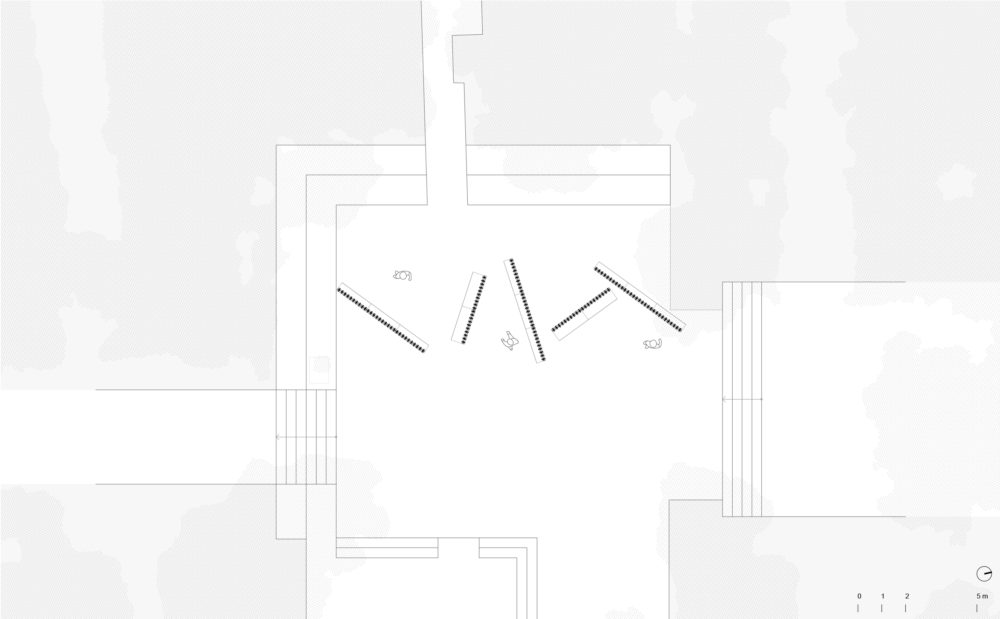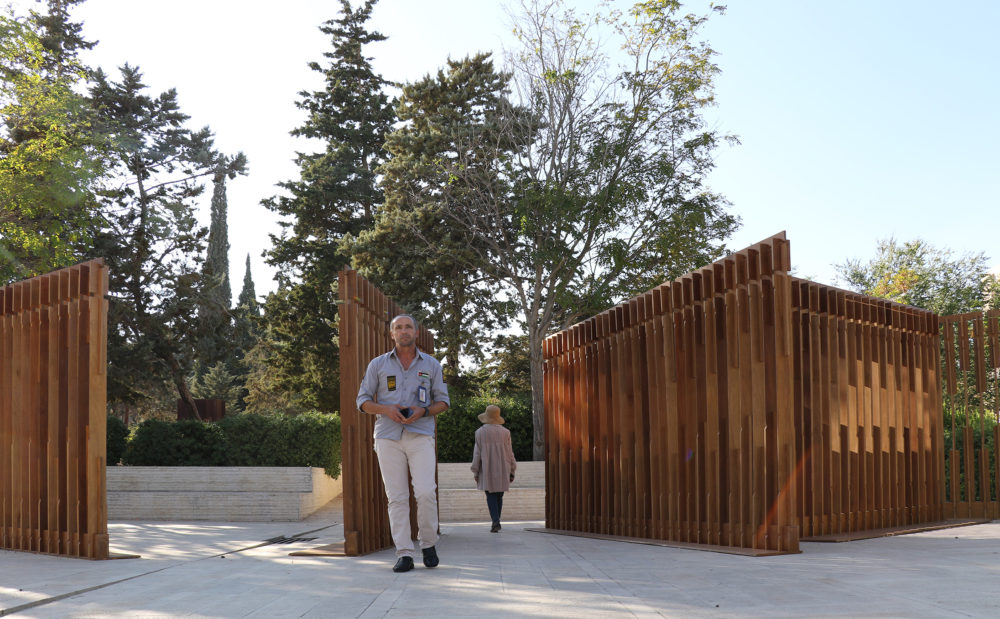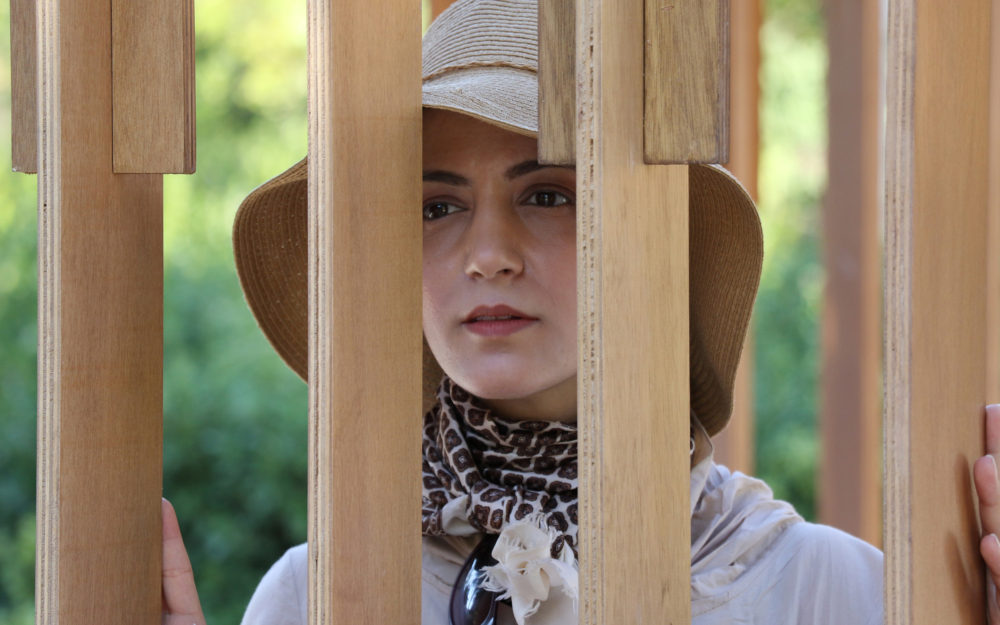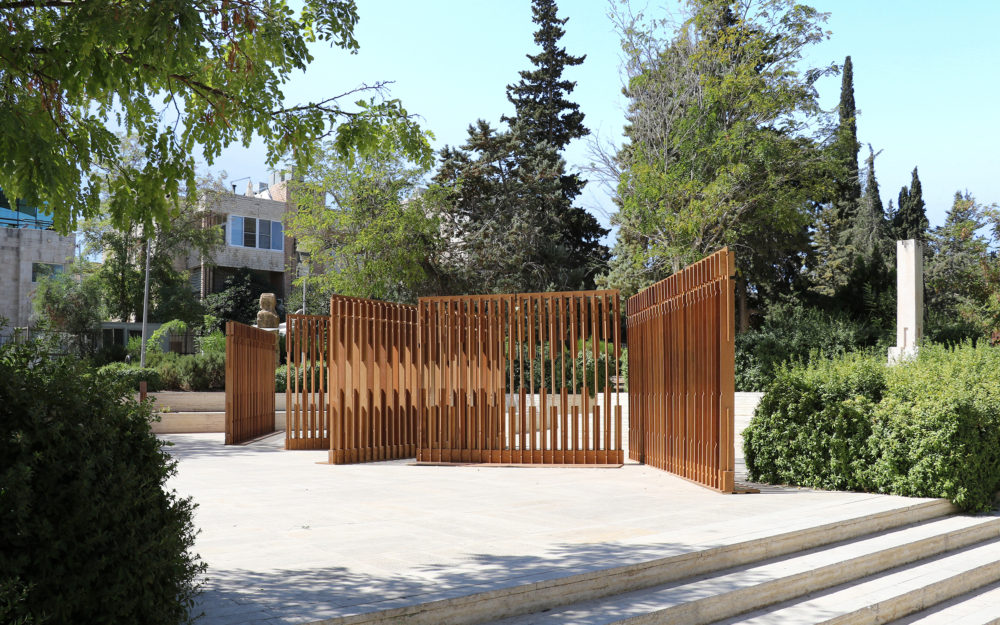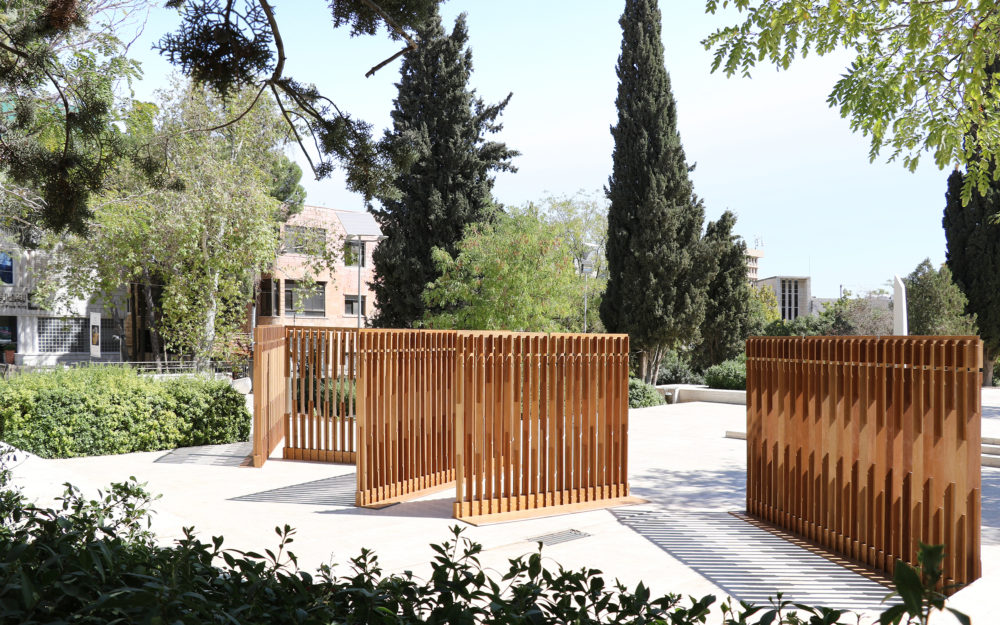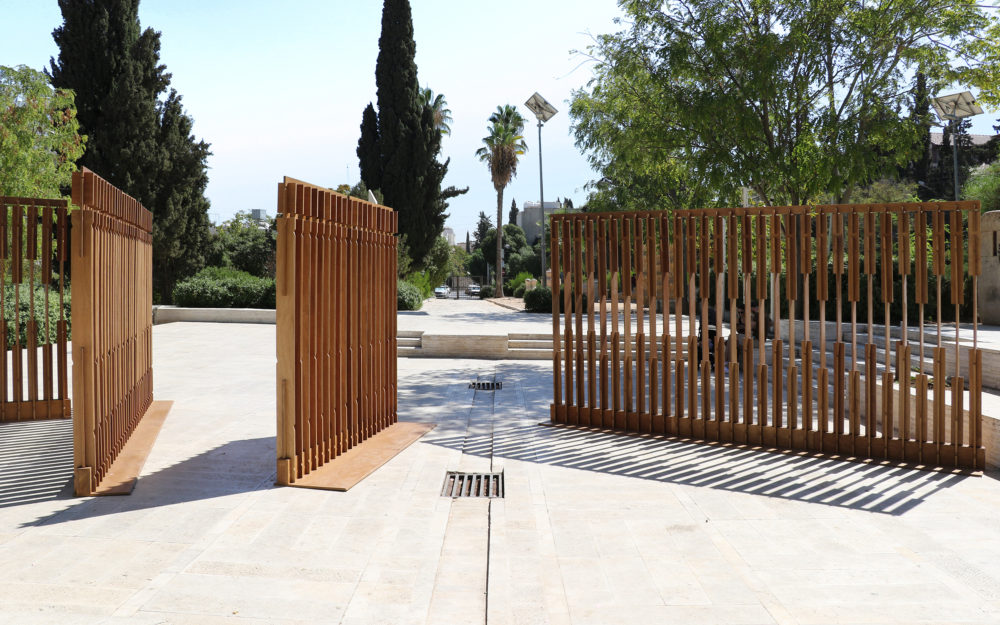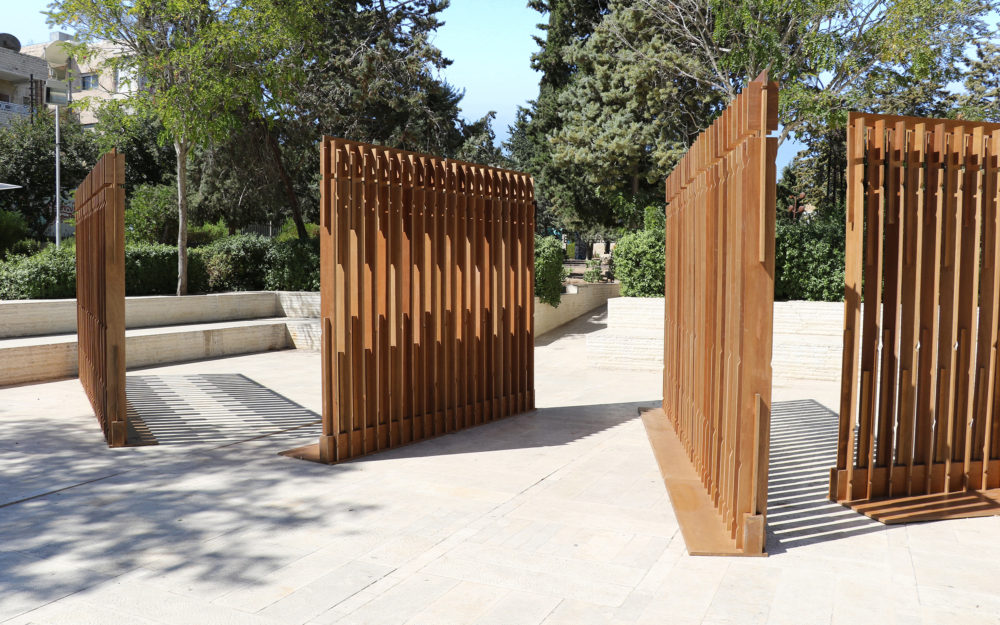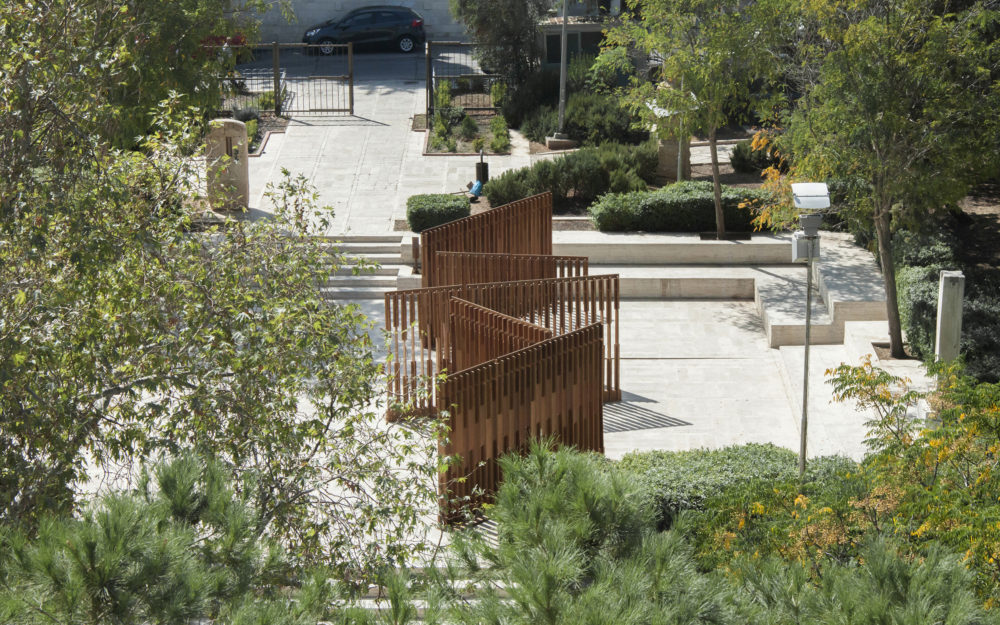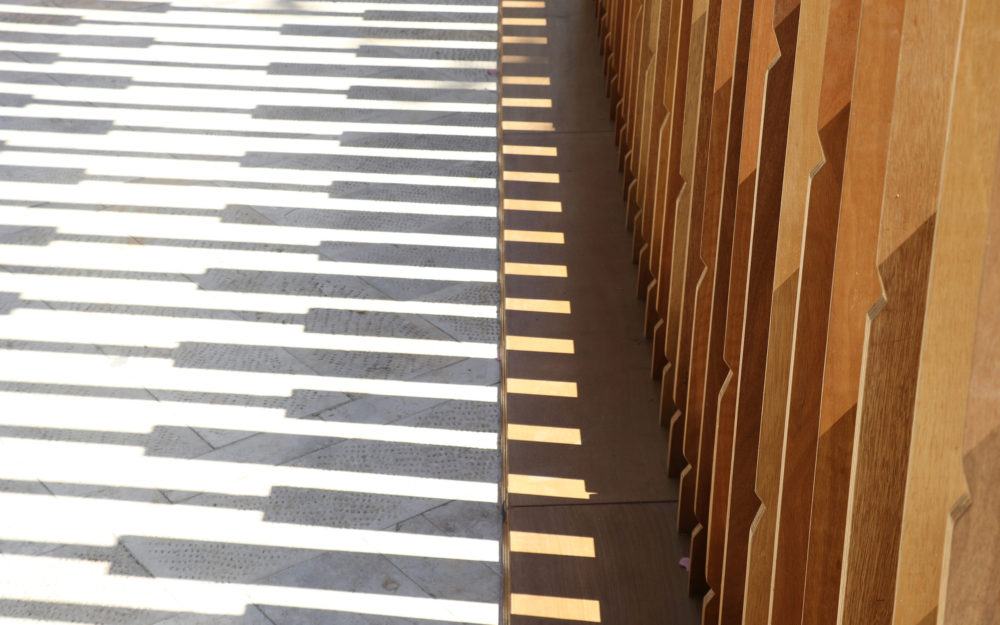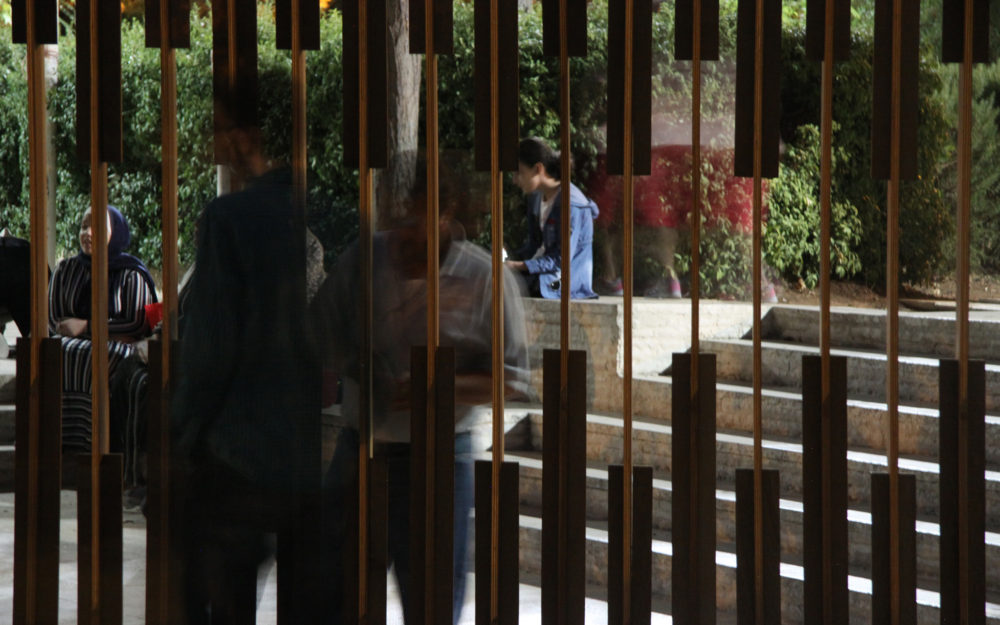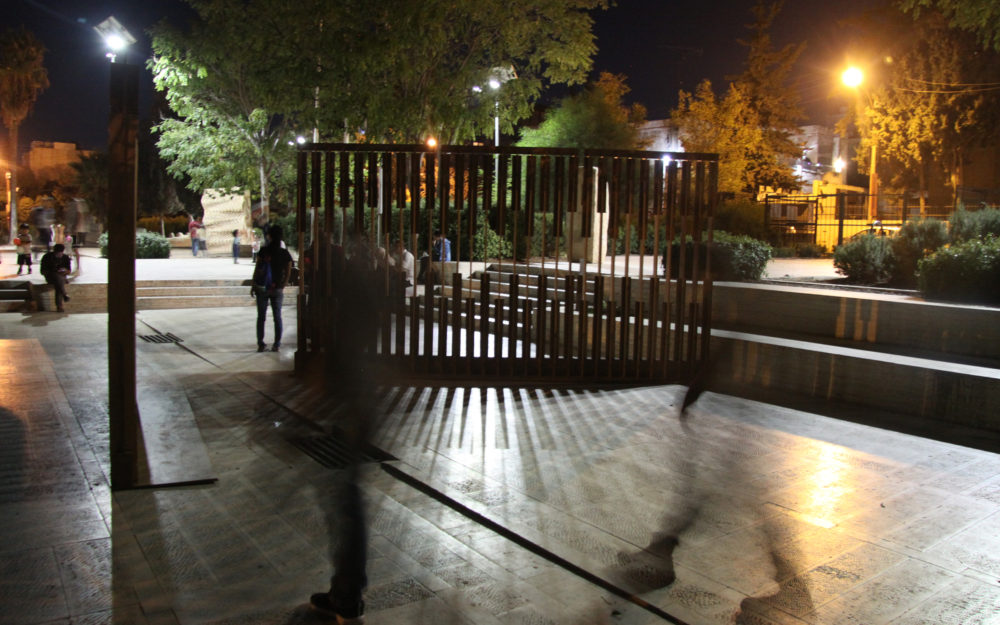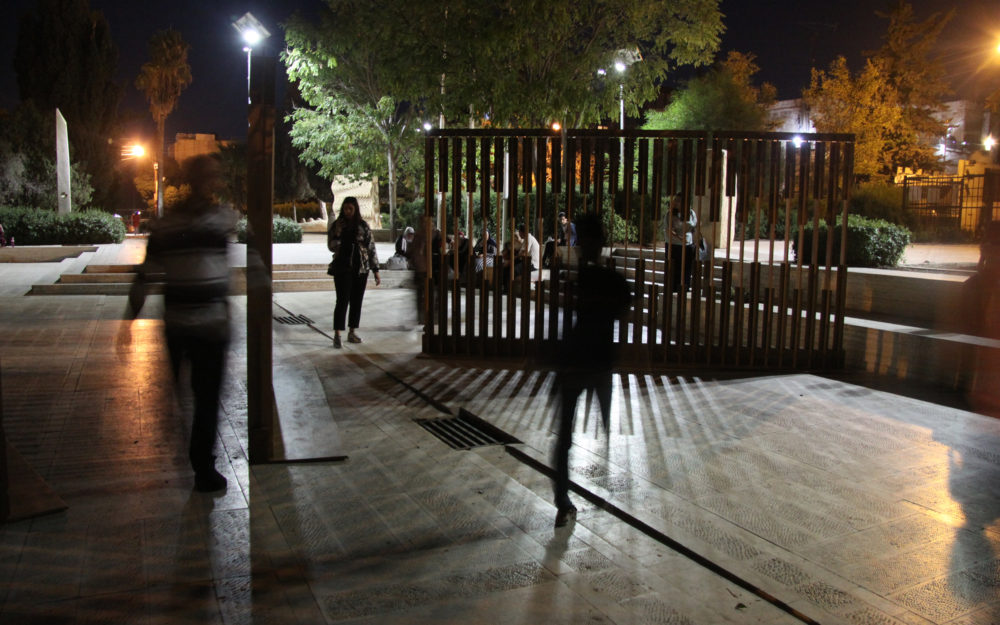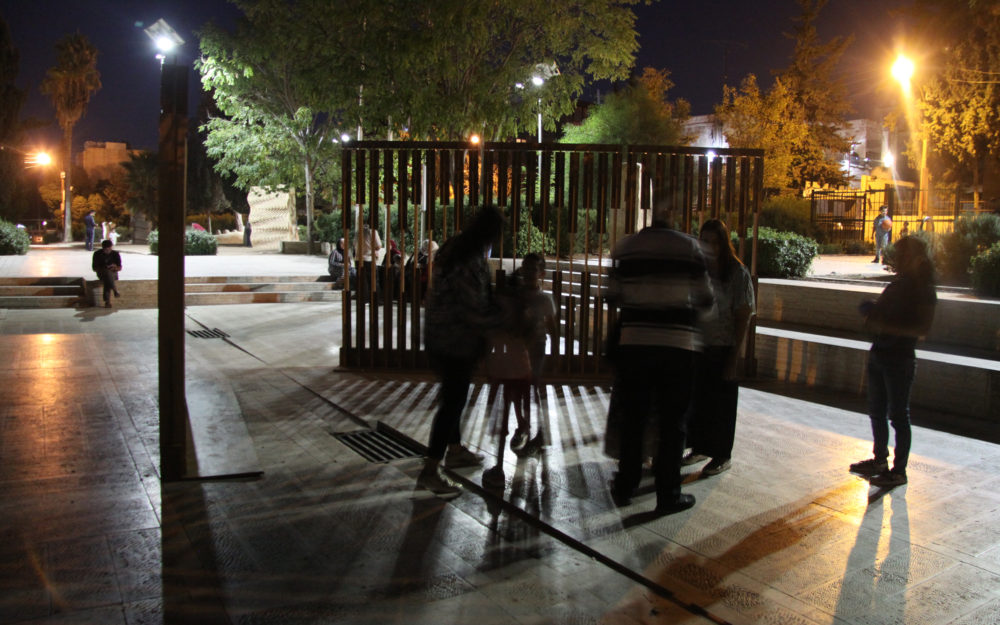Borderline | architecture installation work | Amman | Jordan | 2019
text
Borders and barriers are human constructs that separate and divide. From a line in the sand, or on the map, borders across the World are increasingly getting demarcated as thick boundaries against human infiltration, turning little by little into blunt walls of separation.
Borderline installation offers an outdoor intervention that’s concerned with this notion of a free standing wall and its role in marking an ambiguous inside-out condition. By creating an antithesis to a physical form of isolation and separation, the work imagines an alternative reality for an element charged with such negative notions. Formed around a wall that breaks down into its modular segments; the installation aims at turning the wall into an equitable meeting edge and a zone for free movement in the public domain. The permeable installation allows for interaction between different circles of the community, hoping that these moments of random encounters punch holes in people’s own social and cultural walls.
Borderline installation offers an outdoor intervention that’s concerned with this notion of a free standing wall and its role in marking an ambiguous inside-out condition. By creating an antithesis to a physical form of isolation and separation, the work imagines an alternative reality for an element charged with such negative notions. Formed around a wall that breaks down into its modular segments; the installation aims at turning the wall into an equitable meeting edge and a zone for free movement in the public domain. The permeable installation allows for interaction between different circles of the community, hoping that these moments of random encounters punch holes in people’s own social and cultural walls.
Borderline installation took place in October, 2019 at the Jordan National Gallery of Fine Arts Park as part of ADW’s independent programs. This installation is structurally verified by AK Habitat, and is produced by a community action grant supported by the Fulbright Program and sponsored by the ECA of the U.S. Department of State.
All photos ©Zahra’ Al Zoubi and ©Mais al Azab.

